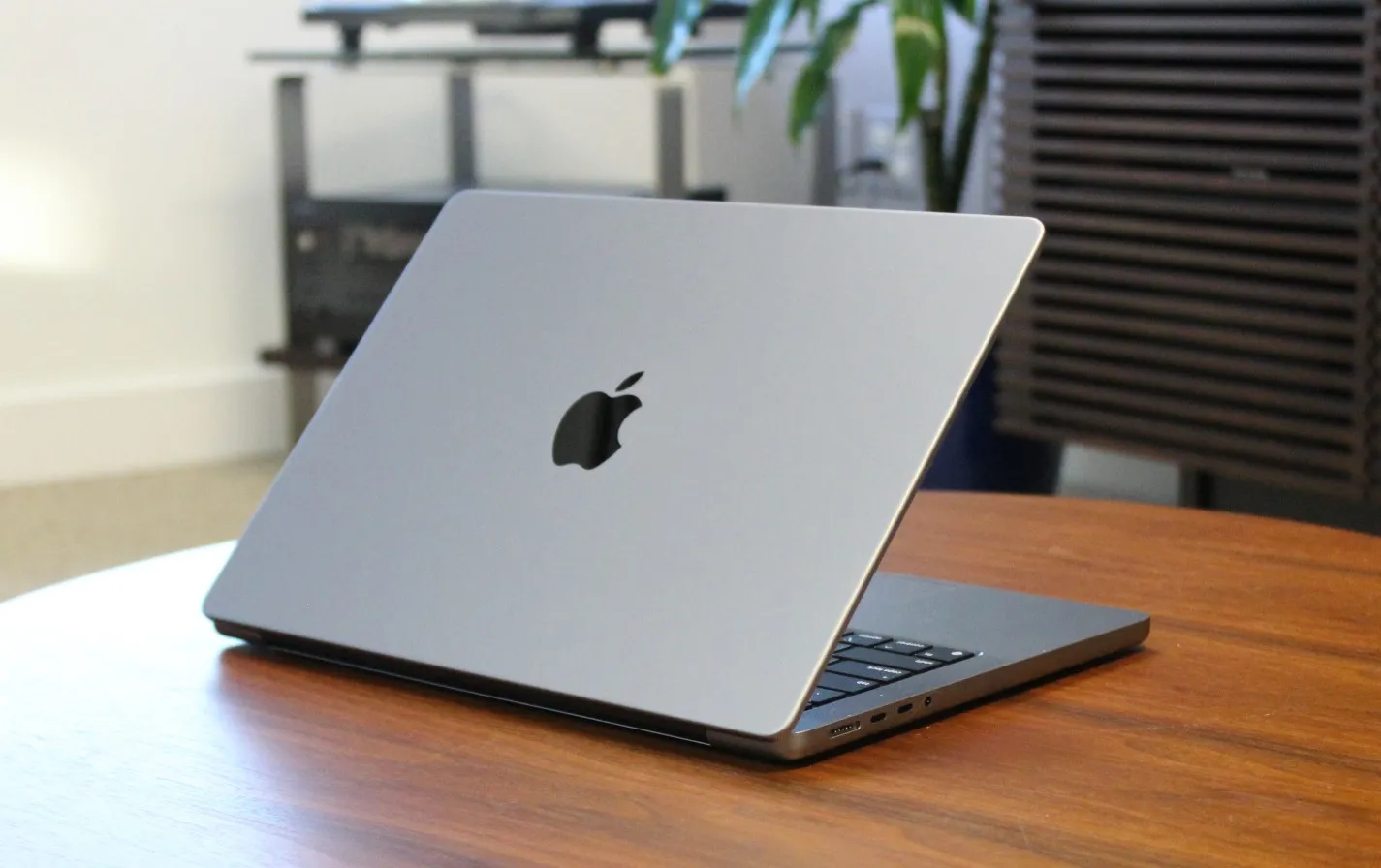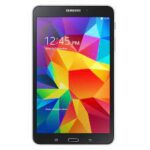How To Take Screenshots On MacBook Pro?
Capturing moments on your MacBook Pro screen is a simple yet powerful way to preserve information and share content. Whether you want to grab an image, document an error, or save a crucial piece of information, knowing how to take screenshots on a MacBook Pro is an essential skill for any MacBook Pro user. With several straightforward methods, capturing your screen has never been easier. By following a few easy steps, you can quickly and effortlessly create images of your entire screen, specific portions, or even individual windows. These screenshots are saved as image files, easily accessible, and ready for sharing or further editing. With the ability to swiftly capture and share content, the process of taking a screenshot on a MacBook Pro is an indispensable skill. Moreover, it enhances productivity and communication in various settings, from professional work environments to educational pursuits and personal use.
Ways To Take Screenshots On MacBook Pro:
Taking Full Screenshots On MacBook Pro:
Press the ‘Command’ (⌘) + ‘Shift’ + ‘3’ keys simultaneously.
You’ll hear a camera shutter sound, confirming that the screenshot has been successfully taken.
The screenshot will be automatically saved as a PNG file on your desktop, with the filename starting with “Screen Shot,” followed by the current date and time.
This method captures everything currently displayed on your MacBook Pro screen. Moreover, it provides you with a comprehensive image of your entire desktop. Whether you need to document an entire webpage, capture an error message, or save an image, the full screenshot function simplifies the process and allows for quick and convenient screen capture.
Take Screenshots Of The Touch Bar:
To capture a screenshot of the Touch Bar on your MacBook Pro, use the following steps:
Press the ‘Command’ (⌘) + ‘Shift’ + ‘6’ keys simultaneously.
The screenshot of your Touch Bar will automatically save in a PNG file on your desktop.
By using this method, you can easily capture and save the current display on your MacBook Pro’s Touch Bar. This feature is particularly useful for documenting the functionality or appearance of the Touch Bar for various purposes, such as troubleshooting, sharing information, or creating instructional materials.
Taking Screenshots Of The Selected Portion On MacBook Pro:
To take a screenshot of a selected portion on a MacBook Pro, follow these steps:
Press the ‘Command’ (⌘) + ‘Shift’ + ‘4’ keys simultaneously.
Your cursor will change to a crosshair (+) icon.
Click and drag to select the portion of the screen you want to capture.
Release the mouse or trackpad to take the screenshot.
The screenshot will be saved as a .png file on your desktop, with the filename starting with “Screen Shot,” followed by the current date and time.
By using this method, you can easily capture and save specific portions of your screen, allowing for precise and focused image capture for various purposes.
Taking Screenshots Of a Window:
To take a screenshot of a window on a MacBook Pro, follow these steps:
Press the ‘Command’ (⌘) + ‘Shift’ + ‘4’ keys simultaneously.
Your cursor will turn into a crosshair (+) icon.
Press the ‘Space’ bar. Now your cursor will convert into a small camera icon.
Move the camera icon over the window you want to capture. Let the window be turned into blue it’s highlighted into blue.
Click on the window to take the screenshot.
The screenshot of the window will automatically save in a PNG file on your desktop.
Using this method, you can efficiently capture specific windows, such as dialogue boxes, browser windows, or other open application windows, allowing for precise documentation and sharing of specific on-screen content.
Using Screenshots Utility For Advanced Options:
To utilize the Screenshot utility on your MacBook Pro for advanced options, follow these steps:
Press the ‘Command’ (⌘) + ‘Shift’ + ‘5’ keys simultaneously to open the Screenshot utility.
A small control panel will appear at the bottom of the screen with various options, including capturing the entire screen, a selected portion, or a specific window.
Set a timer for your screenshot, if necessary, from the options provided.
Choose where to save the screenshot file on your MacBook Pro.
The utility also allows for basic editing such as cropping, annotating, and sharing the screenshots directly from the utility interface.
By utilizing the Screenshot utility’s advanced options, you can efficiently customize your screenshot preferences, capture specific screen elements, and make basic edits before saving or sharing the captured content.
How To Save Screenshots On MacBook Pro:
Saving a screenshot on a MacBook Pro is a straightforward process that allows you to store captured images for future use. Once you have taken a screenshot using one of the various methods available, follow these steps to save it:
After capturing the screenshot, it will automatically appear as a small preview at the bottom right corner of your screen.
Click on this preview to open it in the Markup tool.
If you’re satisfied with the captured image, click the “Done” button.
If you want to save the screenshot without any further edits, click on the “File” menu in the top-left corner of your screen.
Select the “Export” option from the dropdown menu.
Choose the desired format for your screenshot, such as JPEG or PNG.
Select the location where you want to save the screenshot and click “Save.”
By following these steps, you can effortlessly save your screenshots in the preferred file format and location, ensuring easy access and organization of your captured images on your MacBook Pro.
Edit and Sharing Of Screenshots On MacBook Pro:
Editing and sharing a screenshot on a MacBook Pro is a simple process that allows you to customize captured images and easily share them with others. After taking a screenshot, follow these steps to edit and share it:
After capturing the screenshot, it will automatically appear as a small thumbnail at the bottom right corner of your screen. Click on this thumbnail to open it in the Markup tool.
Use the various Markup tools provided to make edits, such as adding text, shapes, arrows, or highlighting specific areas of the screenshot.
Once you’ve made the necessary edits, click the “Done” button.
To share the edited screenshot, click on the “File” menu in the top-left corner of your screen.
Select the “Share” option from the dropdown menu.
Choose the platform or application through which you want to share the screenshot, such as email, messaging apps, or social media platforms.
By following these steps, you can effortlessly edit and share your screenshots with others, allowing for effective communication and collaboration using the captured content on your MacBook Pro.
Conclusion:
Mastering the art of taking screenshots on your MacBook Pro can significantly enhance your productivity and communication. With various simple methods at your disposal, you can effortlessly capture and save the content displayed on your screen. Whether it’s a full-screen image, a selected portion, or a specific window, the process is user-friendly and efficient. The built-in Screenshot utility also provides advanced options for customizing and editing your screenshots. Moreover, it allows for a more tailored and polished result. Once captured, the screenshots can be easily saved, edited, and shared. Additionally, it makes it convenient to document information, troubleshoot issues, or collaborate with others. By understanding these straightforward techniques, you can harness the power of screen capture to streamline your workflow and effectively convey your message on your MacBook Pro.







